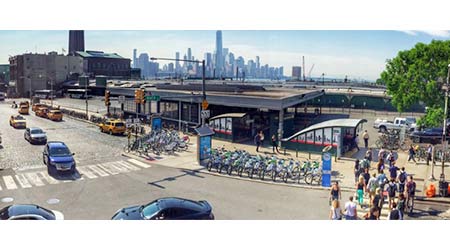
biophilic design
Biophilic Design Can Increase Happiness, Health and Productivity
June 4, 2019
Biophilic design is the idea that connections to nature, as well as design that mimics patterns of nature, has benefits for humans (i.e, building occupants) in terms of increased happiness, health, and productivity. But biophilic design is much more than just setting a few potted plants around the office. Nor is it just some hippie new-age idea. Rather, biophilic design requires a deliberate, thoughtful approach. And when done successfully, dozens of studies show the value of incorporating biophilia in office design. It can even improve student performance in higher education facilities.
Many of the most common green building and health and wellness rating systems are now offering incentives for facility managers to consider biophilic design in their facilities. A recent blog post by design firm stok rounds up how rating systems like LEED, WELL and the Living Buildings Challenge include elements of biophilic design and how facility managers should consider implementing them. The Living Buildings Challenge even requires a day-long workshop to explore how the building will incorporate biophilic design. LEED now has a pilot credit awarding credit for project teams for considering how to include nature in space.
Facility managers who may be new to the idea of biophilic design can consult a few resources to educate themselves. Terrapin Bright Green’s “14 Patterns of Biophilic Design” is the gold standard for in-depth information on biophilic design. As well, the Living Future Institute includes several case studies of real-world facilities that have incorporated elements of biophilic design.
Greg Zimmerman is executive editor of Building Operating Management. Read his cover story on how buildings are tackling climate change.
Next
Read next on FacilitiesNet












